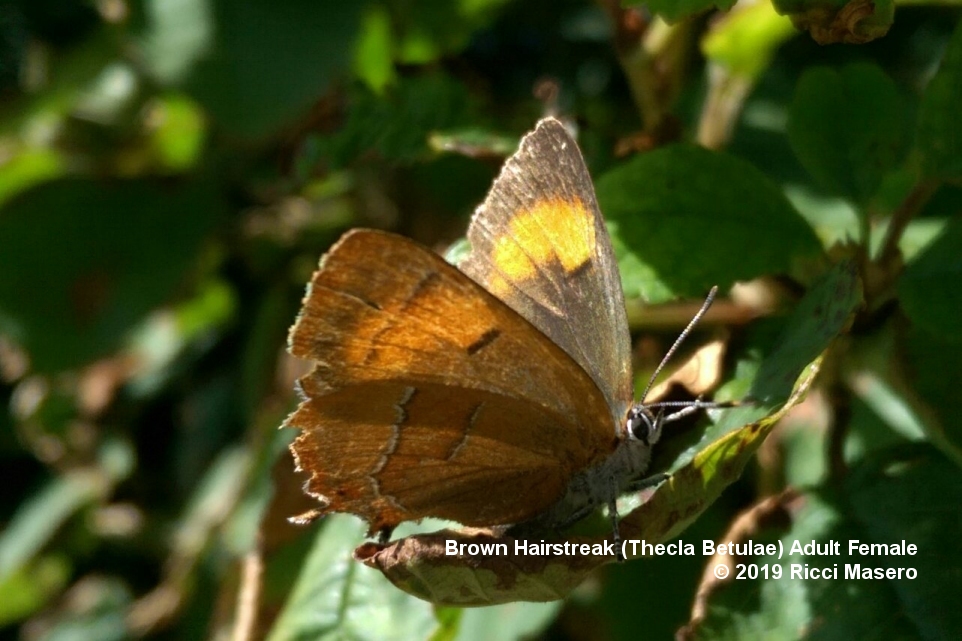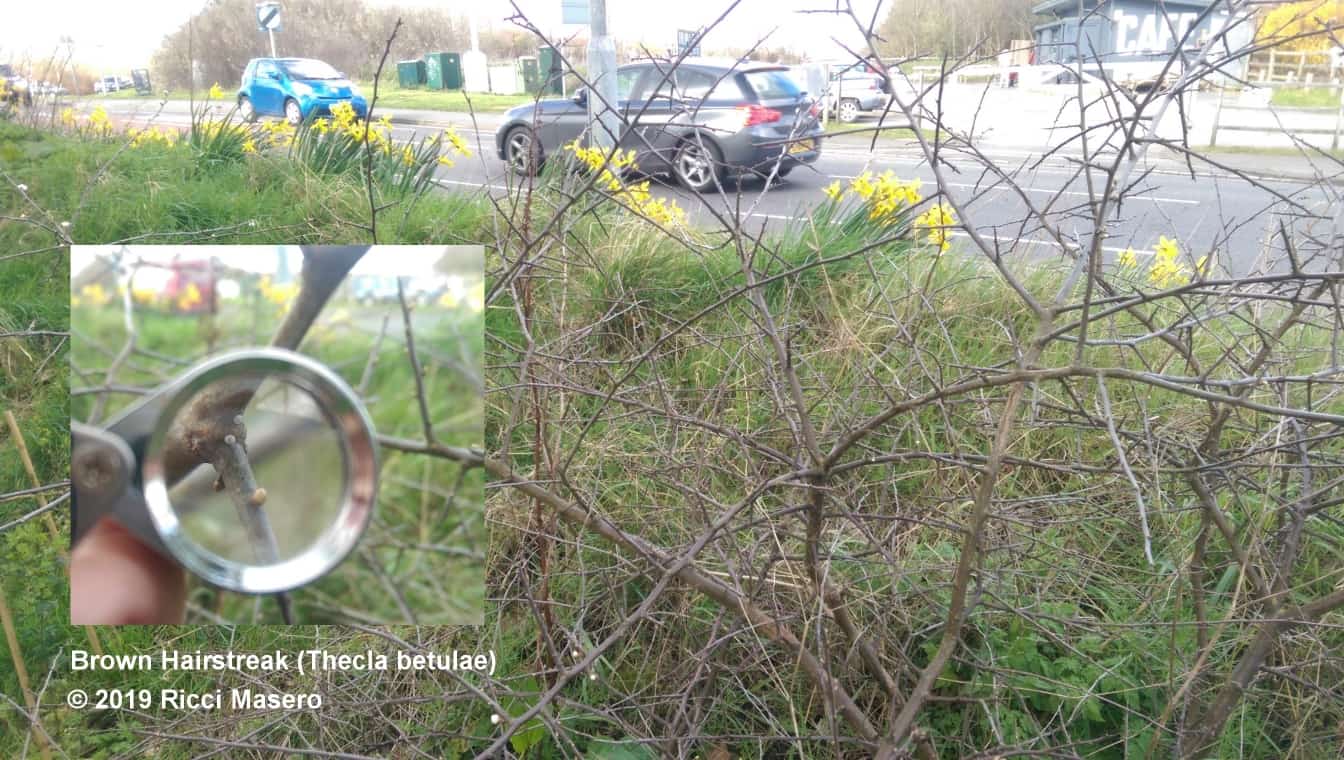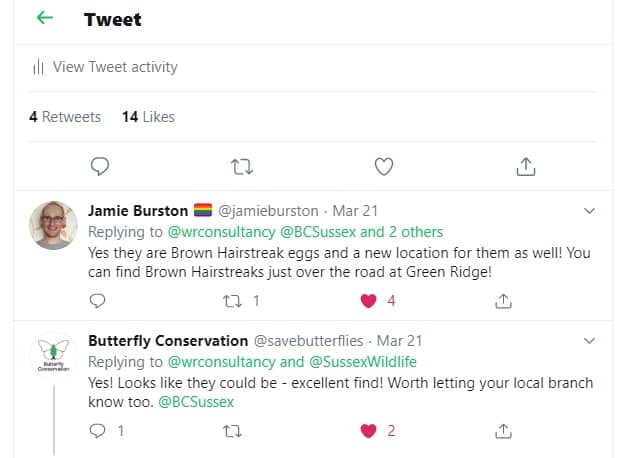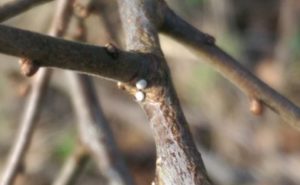A major planning application in Brighton & Hove, that will in effect wipe out a large area of biodiversity; recently evolved to threaten some other important wildlife habitat and a rare species of butterfly in the UK. This post shares of how the work by Sussex Wildlife Trust with support from ScottishPower; helped us to protect this habitat and Save Rare Butterflies in Brighton & Hove.
Paddle Round The Pier Beach Festival
During the Paddle Round The Pier beach festival of 2018, my wife came across a stand for Sussex Wildlife Trust. After hearing about the great work they did in the county and with wildlife being an area of interest to both of us, as founders of BioBlitzr; she signed us up for an annual Joint Membership.
Woods Mill At 50 – Sussex Wildlife Trust
The trust was in the middle of their Woods Mill at 50 campaign; celebrating the 50th anniversary of the public opening at their headquarters. This initiative which was funded by the ScottishPower Foundation, aimed to raise public awareness for the trust and improve the facilities at Woods Mill. By putting on several walks, talks, training and events for the public to attend. Giving people the chance to learn more about wildlife and enjoy Woods Mill.
Wildlife Events by Sussex Wildlife Trust
We went to quite a few of the events put on by Sussex Wildlife Trust, including; Night Time Bat Walks, Camber Castle Wildlife Walks, several Wildlife Wanders at Woods Mill and the Big Bioblitz. These events were lead by the fantastic team of wildlife and ecology experts at Sussex Wildlife Trust.
How To ID Brown Hairstreak Butterfly Eggs
During one of the Wildlife Wanders in the latter end of 2018, we were taken around Woods Mill by James Duncan (Projects Officer); to explore the autumn wildlife. Along this walk James highlighted to us all a clump of Blackthorn (Prunus spinosa) saplings; standing at the side of a paddock. With a closer look, James showed us the tiny Brown Hairstreak eggs nestled in among the branches.
Delicate and tiny structures, no larger than a pin head; with a surface that looks similar to the patterns on a dead Sea Urchin or Sea Potato Shell. Seemingly glued in place around the branch nodes on the Blackthorn saplings, about a metre off the ground.
Brown Hairstreak (Thecla betulae)
This rare and protected species of butterfly, is mainly only found in southern Britain and mid-west Ireland. The species has seen a major decline due to hedgerow removal and flailing, which removes eggs. Currently holding a protected conservation status, under the following directives and lists:
- Section 41 species of principal importance under the NERC Act in England
- Section 42 species of principal importance under the NERC Act in Wales
- UK BAP status: Priority Species
- Butterfly Conservation priority: High
- Protected under Schedule 5 of the 1981 Wildlife and Countryside Act

Brown Hairstreak Breeding Habits
As explained to us by James from SWT, adult Brown Hairstreak spend most of their time feeding on sap; from the top of large Ash trees (Fraxinus excelsior). Then descending when the time is right, to lay their eggs on young Blackthorn bushes in the area; this being the foodplant of the Brown Hairstreak Caterpillar.
Three Cornered Copse Rare Butterfly
So how did this all help to save rare butterflies in Brighton & Hove?
Toward the end of 2018 and the start of 2019, we became the path wardens at Three Cornered Copse; an urban park in Hove and Local Wildlife Site (LWS). Because we are regular user of the park, with a keen interest in wildlife; supporting biodiversity and giving back to the local community.
Armed with the new knowledge gained from our Wildlife Wander at Woods Mill; of how to find and ID the eggs of this rare butterfly species, we went butterfly hunting. With a good grasp of the Three Cornered Copse’s variety of wildlife and trees growing in it; we soon honed in on the likely places to find these eggs.
New Home For Brown Hairstreak Butterfly?
Toward the northern most tip of the copse stands a small thicket of mixed deciduous woodland; which is in its own right a habitat type of interest, according to the UK Biodiversity Action Plan. Among these trees and shrubs are some well established, large Ash trees; and directly beneath them is a young Blackthorn hedgerow.
Sure enough on that fresh and crisp spring morning, just opposite the Hilltop Café; right beside a very busy arterial road into Brighton & Hove, we found some Brown Hairstreak Eggs!

Our Rare Brown Hairstreak Butterfly Egg ID
Needing some form of confirmation; as this was our first time of finding these butterfly eggs, without the company of a pro. We took to twitter, with a post asking online experts for their opinion:
Found these #eggs on #blackthorn saplings in Three Cornered Copse. Are they Brown Hairstreak @savebutterflies? Thanks to James from @SussexWildlife for tips on how to spot them! #Butterflies #wildlifephotography #Sussex #naturelovers pic.twitter.com/B8Sq5kaZoQ
— White Rabbit (@wrconsultancy) 18 March 2019
Brown Hairstreak Butterfly Eggs ID Confirmed
Soon enough we got our ID confirmed by local lepidopterist and Hairstreak expert Jamie Burston; and the big guns at BC (Butterfly Conservation).

Recording UK Brown Hairstreak Sightings
Replies also came in from Brighton & Hove’s Wildlife Forum; asking that we record our sighting on the national database. Doing so would help to monitor this rare and protected butterfly species.
It will also work to help us understand the biodiversity in our area and act as a reference; for future planning and sustainable development. Ones that take into account the local wildlife and nature; during any ground clearing and building work.
This sparked some avid research into ways of recording wildlife; and the websites that you can do it on. Some of our team also ended up becoming a Corporate Supporter of the National Biodiversity Network. As we felt this was an area that needed the kind of help that we could give.
Friends of Three Cornered Copse
Wondering why these rare butterflies were known to be living, just over the way at Green Ridge; yet until now, had not been found at Three Cornered Copse. We took to the web and in particular the website of the Friends of Three Cornered Copse.
The TCC Friends’ website details some of their recent work days held at the copse. The most relevant one being the planting of Blackthorn saplings by the group; to form a new hedgerow at the top of the hill. The very spot where we found the eggs!
Toad’s Hole Valley Development
The copse itself is wedged between King George VI Avenue and Dyke Road Avenue in Hove. Beside the former of these two and adjacent to the copse, lies a larger plot of land; which has long been an un-managed wildlife site. This area of land is known as Toad’s Hole Valley; and is now the site of a large development plan.
You can read more about the planning and changes at Toads Hole Valley; and object to or support the idea by reading on below.
Toad’s Hole to Three Cornered Copse
Some recent changes to the plan, show that the developers want to destroy 362 square metres of wildlife rich land; from the top of Three Cornered Copse. This update in the plan is to make way for pedestrian and cycle traffic; to and from the new development.
The area of wildlife habitat that is now under threat from this new byway; is directly linked to the breeding ground of our little colony of Brown Hairstreak Butterflies!

Brown Hairstreak Conservation Planning Objection & Evidence
The Friends Group raised this issue in their members’ email and of course we had to act; to try and save these rare butterflies and their breeding grounds that we knew of. Raising our planning objection in June 2019, which included details of our sighting and the recorded online evidence.
We also set up a pinned tweet on our company Twitter profile; encouraging others to do the same and help save rare butterflies in Brighton & Hove.
Rare Butterfly Habitat Saved!
From the list of planning comments, it isn’t clear if the agenda to save rare butterflies was raised further; by any other of the people and groups that left a comment.
However, at the end of October 2019 the developers published a new Ecology Addendum. Which states that they will take action to protect the butterfly eggs and larvae during any land clearance; and plant more of this habitat, for continued growth of and support for the species!
Developer’s Updated Ecology Addendum
Read their own words and make your own judgement as to whether we had an impact:
1.22 Eggs of the Brown Hairstreak butterfly Thecla betulae, a Section 41 Species of Principal Importance for Conservation, have been recorded on Blackthorn in the vegetation along the edge of Three Cornered Copse.
As such, prior to any vegetation clearance a thorough visual inspection for Brown Hairstreak eggs and larvae will be carried out by an experienced ecologist and any twigs bearing eggs or larvae will be removed by hand and tied to retained Blackthorn shrubs elsewhere within the Copse, on southerly aspects at a height of around 1 to 1.5m.
The new planting proposed for the Copse will include Blackthorn, again on southerly aspects on the woodland edge, to ensure the continued availability of this resource for the Brown Hairstreak.
ScottishPower Help Save Rare Butterflies
How it all links together… So, if ScottishPower had not funded this initiative from Sussex Wildlife Trust; we would not have gone on the Wildlife Wander with James Duncan, and found out how to find the butterfly eggs. Then we would not have been able to locate, identify and record the new site; for this protected and rare butterfly species.
This also played a major part in our objection to the council about the planned works. Adding to our comment and supporting documentation; with the knowledge learned and the recorded sightings at Three Cornered Copse.
Saving Butterfly Habitat Timeline
To put it in perspective here are the events in chronological order:
- ScottishPower Foundation funds new Sussex Wildlife Trust project
- We join SWT as members at Paddle Round The Pier (Summer 2018)
- Taught how to find and ID Brown Hairstreak eggs at Woods Mill (Autumn 2018)
- Found new breeding site for Brown Hairstreak at Three Cornered Copse (Spring 2019)
- Objected to new plans to destroy habitat in the copse (Summer 2019)
- Council and Developers review comments and evidence (Autumn 2019)
- Developers update and issue their Ecological Addendum; with added Ecological Planning and Sustainable Development to protect and re-home the butterfly eggs and larvae. SUCCESS!
More Rare Butterfly Sightings
This summer on one of my return visits to the copse in early August; we had the absolute pleasure of an adult female Brown Hairstreak sighting, putting on a full display for us. She was warming herself in the late afternoon sun, low down in the bushes; at the edge of the very same thicket of Ash trees.
Doing Enough To Save Rare Butterflies?
Although this is a clear move by the developer; to try and reduce their impact on the Brown Hairstreak living in the area. Is it enough to prevent any real damage to their habitat?
Are you a local resident, business, ecologist, fan of butterflies (Lepidopterist) or any other interested party? What are your thoughts? Are the developers and local council doing enough to preserve this habitat; and protect the rare butterflies in Brighton & Hove.
Share this post on social media and let us know what you think about the developers plan.
We will continue campaigning to raise awareness of this situation and rare UK butterfly. With your support, further action can and will be taken; to help save rare butterflies in Brighton & Hove.
Object To Toad’s Hole Valley Plans
You can of course add your own objection to the planning application at Toad’s Hole Valley; or one in support of others. To do this visit the link below and add a comment. Be sure to select the option that states you are objecting!
Other Rare Butterflies in Brighton & Hove
Brighton & Hove has the utter privilege of backing onto the South Downs National Park. Because of this we are inundated with some of the most fantastic wildlife and rare butterflies.
1. Brown Hairstreak Butterfly (Thecla betulae)
Besides our Brown Hairstreak butterfly sightings in Brighton and Hove; there are a few other rare butterfly species that are residents within our city boundaries.
2. White-letter Hairstreak Butterfly (Satyrium w-album)
Our fantastic Elm Tree in Preston Park, that used to be one of the Preston Twins, which is now believed to be the oldest Elm tree in the world; is host to a colony of rare and protected butterfly species, the White-letter Hairstreak Butterflies.
3. Long-tailed Blue Butterfly (Lampides boeticus)
Brighton Racecourse is also known to house a regular colony of Long-tailed Blues. Which give us a staggering display each year when they emerge on top of the hill at Whitehawk Hill Nature Reserve. Also known as the Pea Blue, they have colonies a spot next to the allotments; where the Sweet Pea Plants have escaped over the fence and onto the reserve.
4. Adonis Blue Butterfly (Polyommatus bellargus)
The ‘Brighton Blues’ project, was set up to improve and increase our areas of rare chalk grassland; which several species of rare butterfly including the Adonis Blue and Chalkhill Blue depend on.
5. Chalkhill Blue Butterfly (Polyommatus coridon)
These two “Blues Brothers” (Adonis & Chalkhill not Jake & Elwood) are a fairly regular occurrence at Castle Hill National Nature Reserve; which falls within the boundaries of Brighton & Hove.
6. Silver-spotted Skipper Butterfly (Epargyreus clarus)
The project mentioned above was planned to boost numbers of rare ‘Blue’ butterflies and chalk grassland in the South Downs National Park close to Brighton; and has unexpectedly seen the return of the rare Silver-spotted Skipper Butterfly, once almost extinct across the county.
There are a few sub-species of the Skipper that can be found in Sussex and Brighton & Hove itself. Sightings of Essex Skippers and Small Skippers have also been reported at various locations in and around our city.
Other Conservation Success Stories
Beyond our efforts in Brown Hairstreak Butterfly Conservation and besides our work as Volunteer Path Wardens at Three Cornered Copse; we also founded this little wildlife conservation group and website called BioBlitzr.
The work carried out by us and our “Glow Not Mow” campaign; has recently saved the habitat of a local Glow Worm colony. Protecting it from damage by the council’s mowing team; during the breeding season of the Glow Worms (Lampyris noctiluca) that live in the area.
Brighton Rare Butterflies 2020 Update
After a recent survey carried out by the Bioblitzr team; we manage to record another 11 Brown Hairstreak Butterfly eggs, at Three Cornered Copse in January 2020. This was in a slightly different area of the copse and closer to the new development at Toad’s Hole Valley.
Brown Hairstreak Distribution Map UK
If you are looking for the best spot to see Brown Hairstreak Butterflies in the UK. Here is a handy distribution map, showing the reported Brown Hairstreak sightings in the UK.
Table of Contents


